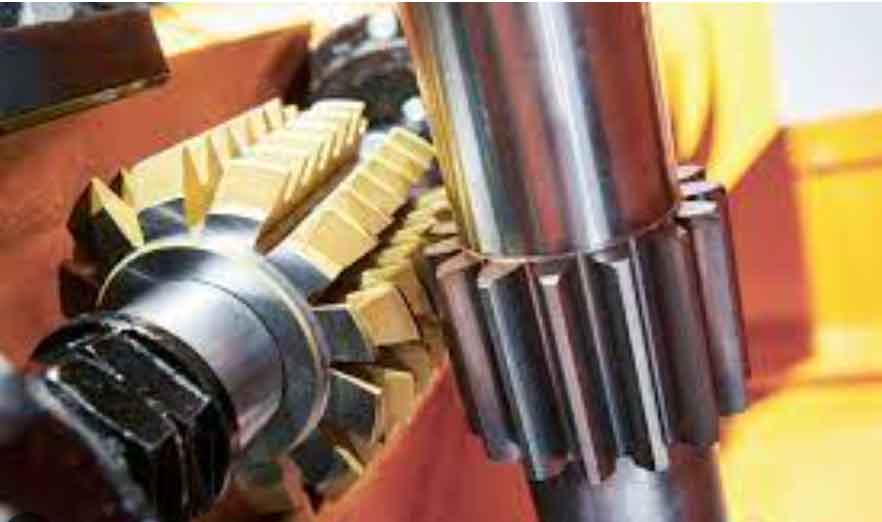Gear hobbing is a well-established machining process used for the production of gears. It is a highly efficient and accurate method that involves the use of a specialized cutting tool called a hob to generate gear teeth. The process is widely used in various industries, including automotive, aerospace, and machinery manufacturing.

Here’s a step-by-step overview of how gear hobbing works and some of the key aspects involved:
- Hobbing Machine Setup: The process begins by setting up a gear hobbing machine. The machine consists of a spindle that holds the workpiece (gear blank) and a hob that is mounted on a rotating arbor. The machine also has mechanisms for accurately positioning the hob and controlling the speed and feed rates.
- Gear Blank Mounting: The gear blank, typically a cylindrical disk with a pre-machined bore, is securely mounted on the spindle. The gear blank should be aligned concentrically with the hob to ensure accurate tooth cutting.
- Hob Positioning: The hob is positioned relative to the gear blank based on the desired gear specifications. This includes the number of teeth, tooth profile, pressure angle, and module (pitch).
- Cutting Process: Once the setup is complete, the hob and gear blank start rotating. The hob’s rotational motion generates the gear teeth progressively as it moves across the face width of the gear blank. The gear blank also rotates, ensuring even tooth spacing.
- Tooth Generation: As the hob and gear blank rotate, the cutting action occurs between the hob and gear blank. The hob has a series of cutting edges (teeth) that progressively remove material from the gear blank, forming the gear teeth.
- Feed Mechanism: The gear hobbing machine has a feed mechanism that moves the hob radially across the gear blank during the cutting process. This controls the depth of cut and the shape of the gear teeth.
- Finishing and Inspection: After the initial rough cutting, the gear may go through additional operations, such as gear shaving or gear grinding, to achieve the desired tooth profile and surface finish. Once the gear is finished, it undergoes quality inspection to ensure it meets the required specifications.
Gear hobbing offers several advantages. It allows for high production rates, excellent accuracy, and repeatability. The process can produce a wide range of gear types, including spur gears, helical gears, worm gears, and splines. It is also cost-effective compared to other gear manufacturing methods for large production volumes.
However, gear hobbing does have some limitations. It is primarily suitable for mass production rather than small quantities or prototypes. It also requires specialized machinery and tooling, making the initial setup cost-intensive. Additionally, the process generates cutting forces and produces noise, requiring proper safety measures and noise control.
Overall, gear hobbing is a widely used and effective method for cutting gear teeth. It plays a crucial role in the production of gears, enabling the smooth and efficient functioning of various mechanical systems.
